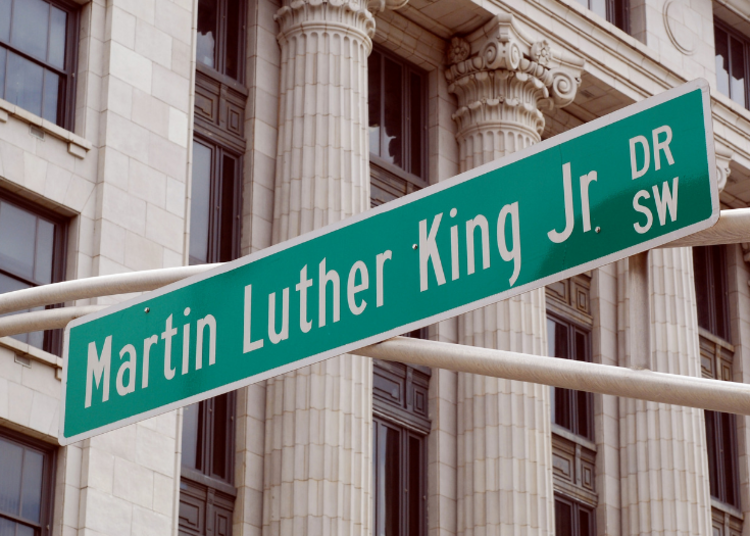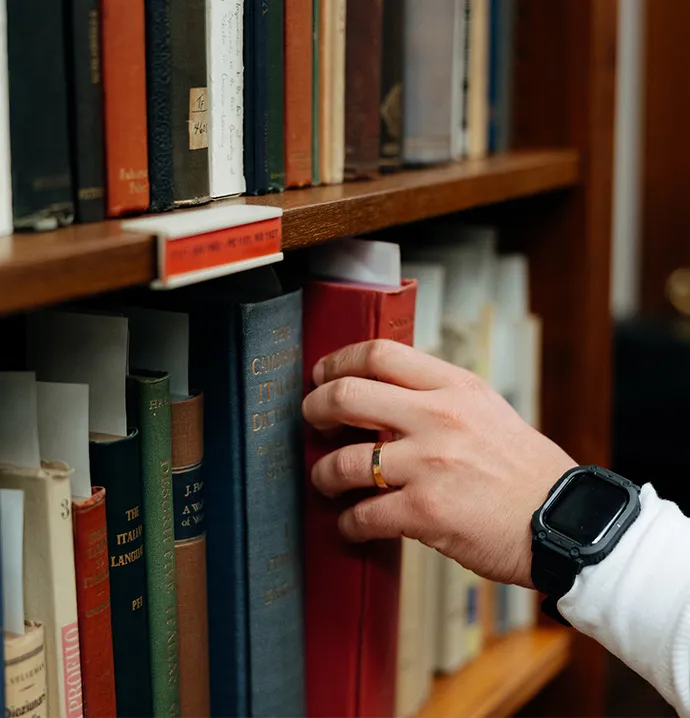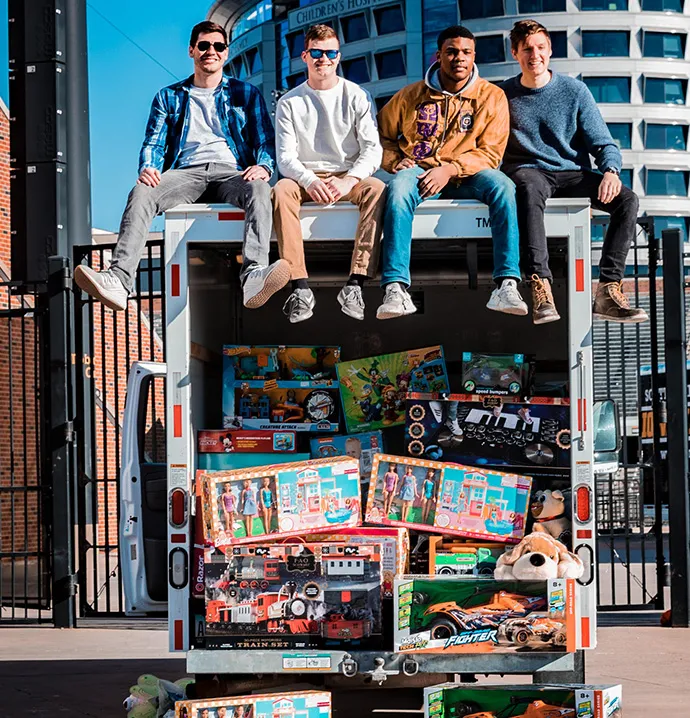"I have a dream" what it's like to be a minority in America
"I have a dream" what it's like to be a minority in America

The March on Washington for Jobs and Freedom was led by Dr. Martin Luther King, Jr. on August 28, 1963. It was also the debut of King's famous "I Have a Dream" speech to more than 200,000 people. This demonstration demanded voting and economic rights, equal opportunities for Black Americans, and an end to segregation and discrimination for people of color. This march was an intricate part of the entire Civil Rights Movement and helped launch legal change in the 1960's. The ratification of the 24th Amendment to the Constitution, the launch of the Civil Rights Act of 1964 and the passing of the Voting Rights Act of 1965 was intended to help establish a new America. An America that embraced people's differences. Where anyone could pursue their dreams, despite the color of their skin.
Fast forward to 2017.
America is still a divided country. Minorities are met with racism and exclusion from achieving the "American Dream" Dr. King promoted on the steps of the Lincoln Memorial. Minorities continue to face an on-going crises in economic discrimination, equal education funding, physical discrimination and police discrimination and brutality.
Every January, we like to reflect on Dr. King's words and inspiration, but it's important to realize that the work is not over, and in some ways, it hasn't even started. As a UNI student and a woman of color, I would like to educate you on the issues I face as a person in the minority.
Let's Start with Economic Discrimination
Although unemployment in the U.S. is declining, the unemployment rate is twice as high for blacks. In 2016, 8.8 percent of Black Americans were unemployed, which is more than double the rate for white workers. In addition, wage inequality is showing no signs of slowing down. The wage gap between blacks and whites is the worst it's been in nearly four decades. According to the Economy Policy Institute (EPI), the wage gap was 18.1% in 1979. In 2015 the hourly pay gap widened to 26.7%.
High unemployment rates and wage gap differences lead to an increase in minority poverty levels. The impact of increased poverty for Black Americans is not only felt in the home. It descends into neighborhoods, essentially affecting schools, grocery stores and local-owned businesses. This problem continues to grow in-part thanks to systemic discrimination and modern zoning laws that keep the poor out of wealthier communities.
Economic Discrimination and the Effect on Education
I believe, like many others, that education can help decrease poverty levels for future generations of Black Americans. But if minority neighborhoods are struggling with wage gaps and high unemployment rates, how can they afford to pay the taxes needed to maintain their public schools? Lack of tax money depletes the ability to provide quality teachers, technology and facilities. Not to mention, state funding for public education in many states is inadequate and inconsistent, which creates a huge obstacle for the nation's growing number of poor minority students who are trying to overcome the odds.
The amount of funding spent on each student can vary drastically from state to state. Of the 27 states with the highest percentages of student poverty, all but five spent less than the national average of $10,938 per student. "These children can learn at the highest levels, but you have to provide for them. You can't assume they have books at home, or they visit the library or go on vacations. You have to think about what you're doing across the state and ensuring they're getting what other children get," says Carey Wright, Mississippi's state superintendent of education.
Darren Walker, president of the Ford Foundation agrees. "We have to think about how to give these kids a meaningful education. We have to give them quality teachers, small class sizes, up-to-date equipment. But in addition, if we're serious, we have to do things that overcome the damages of poverty. We have to meet their health needs, their mental health needs, after-school programs, summer programs, parent engagement, early-childhood services. These are the so-called wraparound services. Some people think of them as add-ons. They're not. They're imperative."
It's 2017 but Physical Discrimination is Everywhere
In the modern age, it's hard to imagine that Black Americans still face physical discrimination. There have been several incidents where black women were fired for wearing dreadlocks and young black girls are sent home from school and threatened with suspension for wearing their natural hair. A step backward in the fight for equality came when a federal appeals court maintained that it is ok to discriminate against traditional black hairstyles because racial discrimination had to be based on characteristics that do not change, and hairstyles don't qualify as "immutable".
It's not right that I have to think about discrimination when I have the urge to change my hairstyle. I would love to get faux locs but why would I want to risk being discriminated against for wearing a hairstyle that represents my culture?
"Being a black student makes you work harder. It shows how much the world is unequal. As a business student, sometimes I feel like I have to work ten times harder than my white peers to receive equal grades and respect. Although, I feel like I do receive some recognition being a black business student. When I'm in a class setting, I know my professor is going to know my name, make eye contact with me and make sure I'm in class because I'm the only black student there." said Melanie Majeed (Marketing and Management Information Systems).
First-Generation Latina college student Kalia Pacheco (Global Marketing) agrees. "It's difficult being a Latina business student at UNI. People don't understand the culture we come from, our skin is darker so we are judged right away...People don't see the value and what I try to work and strive for. Not only for Latino students on this campus, but all minorities and students on this campus. People sometimes. characterize me as being the anger minority in the room, when that's not true."
And Finally, the Criminal Justice System
The U.S. Department of Justice (DOJ) reports there are 2.2 million people in our nation's jails and prisons and another 4.5 million people on probation or parole. Most of the people inside are black and many argue that the root cause is due to police discrimination and brutality.
In recent years police brutality has become a national epidemic in America. The image of an unarmed person of color being brutalized by police has become inescapable. The names of Trayvon Martin, Eric Garner, Sandra Bland, Laquan Mcdonald, Alton Sterling and Philando Castile are becoming too similar. On October 18, 2002 officers from the Chicago Police Department murdered my uncle, Louis DecQuir. People who witnessed his encounter with the officers said they put him in a chokehold, which ultimately caused his death. Unfortunately, I continue to see situations like Uncle Louis' replayed over and over again. Watching media coverage of innocent black people murdered by police officers confuses and angers me. And I'm not alone.
"Black men in America are hesitant and walk in fear every time they leave their home. Whether it's to go to the work, class or the grocery store. Black men are put on a pedestal, but not lifted up. Black men are seen as men to be afraid of and not valued." expressed Darvel Givens (Business Administration).
Growing up in the West Englewood neighborhood on the Southside of Chicago, I witnessed altercations between police officers and members of my family. They were racially targeted by what they were driving and how they were dressed. I've seen Chicago police officers racially profile my 15-year old cousin as a murder suspect for having dreadlocks and for the way he was dressed. A few years later when my family moved to Beverly—a "better" neighborhood in Chicago—that all changed. Suddenly we were not a target of interrogation, rather regular people coming to and from school and work.
The views and opinions expressed are those of the author and do not imply endorsement by the University of Northern Iowa.




